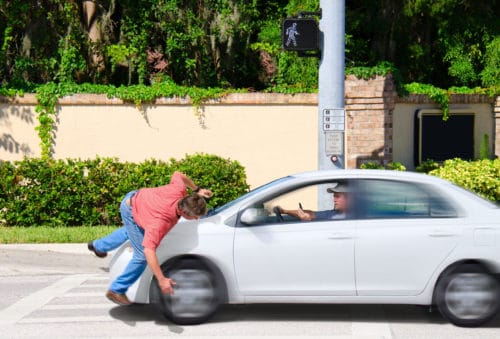
If the other side is reluctant to pay what they owe, you must pursue collecting your car accident settlement aggressively. This can be fairly difficult to do. It’s important to consider both scenarios when finalizing your case so you are best prepared in the event you have to collect.
Here is everything you need to know about collecting a car accident settlement:
How long do they have to pay?
By law, the opposing party has up to 30-days to remit payment from the date the court signs the judgment. The 30-day limit comes from the Nevada Rules of Civil Procedure number 62. If the opposing side doesn’t voluntarily pay, of they fail to hold up to their side of the bargain, you can file a Motion to Enforce for the Settlement Agreement.
Related: How to file a personal injury claim in Las Vegas, NV
Motion to Enforce Settlement Agreement
If a case has already been filed in Nevada District Court, another option you can consider is having the court order the opposing party to honor the agreement. To accomplish this, you would have to file a Motion to Enforce. In the State of Nevada, a settlement agreement is considered a legal contract governed by the standard principles of contract law. If it is your objective to enforce a settlement agreement, the complaining party must provide proof of a written agreement. If the motion is granted, the opposing party to the settlement must adhere to the terms of the agreement. If they do not comply, you could pursue further action, such as moving to hold the other party in contempt for failure to abide by the court’s orders.
Sue for Breach of Settlement Agreement
Another option for recovery is to pursue a claim for Breach of Contract (if a lawsuit has already been filed).
You could also consider an additional claim for Breach of the Implied Covenant of Good Faith and Fair Dealing. This type of claim applies in cases where a party to the settlement made the agreement knowing that they were incapable to carry out their part of the deal. This claim is meant to make sure that all parties enter into an agreement in “good faith.” This filing option might still be available even if the court determines there is not a breach in the settlement agreement, providing you with additional options for recovery.
Proceed with the existing case
Another option to consider is moving to set aside the initial agreement and proceed with litigation. This would essentially ignore the settlement agreement and proceed back to the original lawsuit. Unfortunately, litigation options are generally more expensive than traditional settlement options, so this is something you will want to consider.
Conclusion
All is not lost if the opposing party doesn’t hold up its end of the bargain. You have plenty of options to enforce the agreement, and if all else fails, you can move the case to litigation.
If you have any questions regarding your collecting your car accident settlement, please feel free to contact The Injury Firm at (702) 800-0988 for a free case review.
Related content: